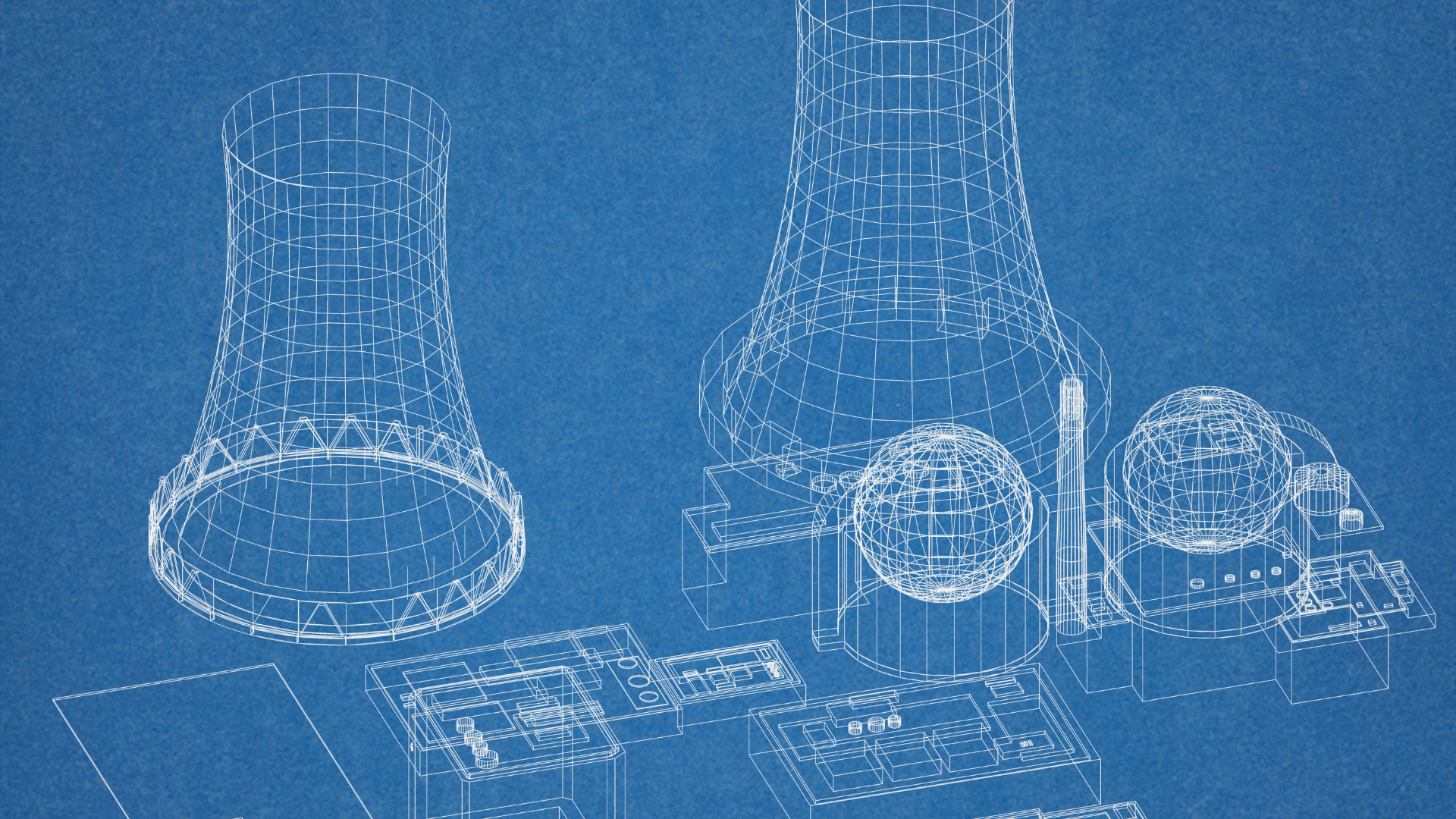As the Philippines explores the reintroduction of nuclear energy into its power mix, the Department of Science and Technology – Philippine Nuclear Research Institute (DOST-PNRI) is laying the groundwork to ensure the country is prepared, not just technologically, but also in terms of safety and disaster readiness.
In San Fernando City, La Union, DOST-PNRI recently trained disaster response officers in the Ilocos Region to handle radiological emergencies. This training is timely and crucial, given that there are already 12 licensed facilities in the region using radioactive materials for medical, industrial, and research purposes.
The initiative is part of the government’s broader Radiological and Nuclear Emergency Preparedness and Response Plan (RAD Plan 2025), which aligns with the Marcos Administration’s socioeconomic agenda focusing on energy security and climate resilience.
The Pros and Cons of Nuclear Energy in the Philippines
Pros:
- Energy Security and Reliability: Nuclear power can provide a stable, large-scale energy supply that is not dependent on weather conditions, unlike solar or wind energy. This could help stabilize the country’s power grid and reduce rotational brownouts.
- Low Carbon Emissions: Nuclear plants emit virtually no greenhouse gases during operation, making them an attractive option for climate change mitigation.
- Long-Term Cost Efficiency: While nuclear power plants are expensive to build, they have long lifespans and relatively low operating costs once running.
- Economic and Job Opportunities: A functioning nuclear sector would require a highly skilled workforce, opening opportunities for engineers, technicians, and safety professionals.
Cons:
- High Initial Costs: Building a nuclear plant requires billions of pesos in investment and years of development.
- Nuclear Waste Management: Handling and storing radioactive waste safely over the long term remains a major concern.
- Safety Risks: Accidents, though rare, can have devastating consequences, as seen in Fukushima and Chernobyl.
- Regulatory and Public Trust Issues: Strong institutions and public confidence are crucial. The Philippines must ensure that both are in place before proceeding.
Is the Philippines Ready?
The country’s readiness for nuclear power hinges on several factors:
- Legislative and Regulatory Frameworks: The Philippines has begun developing safety regulations and training initiatives, such as those by DOST-PNRI, but more comprehensive laws and oversight are needed.
- Public Awareness and Education: Misconceptions about radiation and nuclear safety are widespread. Initiatives like the recent training sessions help build public trust and informed decision-making.
- Infrastructure and Investment: At present, the country lacks the physical infrastructure and investment capacity to immediately launch a nuclear program without foreign assistance or private sector involvement.
- Workforce Capacity: As noted by Jeana Lee P. Sablay of the DOST-PNRI, over 24,000 radiation workers are already active in the Philippines. However, a functioning nuclear plant would require even more specialists, underscoring the need to expand training programs now.
Moving Forward
DOST-PNRI’s proactive stance in disaster preparedness signals a serious and measured approach to nuclear energy. Training local responders, updating emergency protocols, and building awareness on radiation safety are foundational steps. However, before the country can break ground on a nuclear facility, it must first invest in policy reforms, public education, and sustainable infrastructure.
In a nation prone to natural disasters and facing rising energy demands, nuclear power could offer a high-reward solution—but only if risks are effectively managed, institutions are strengthened, and the public is genuinely involved in the conversation.


